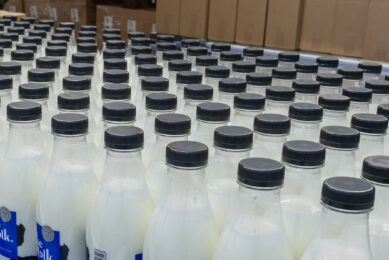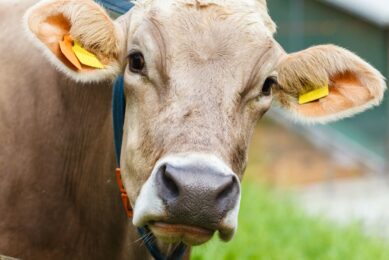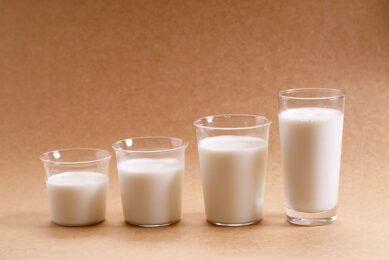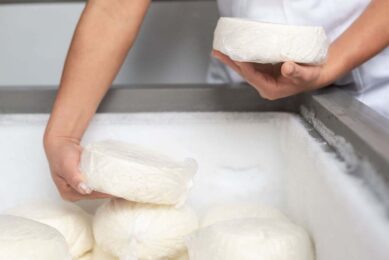Japan in 2022: Dairy consumption, production, demand
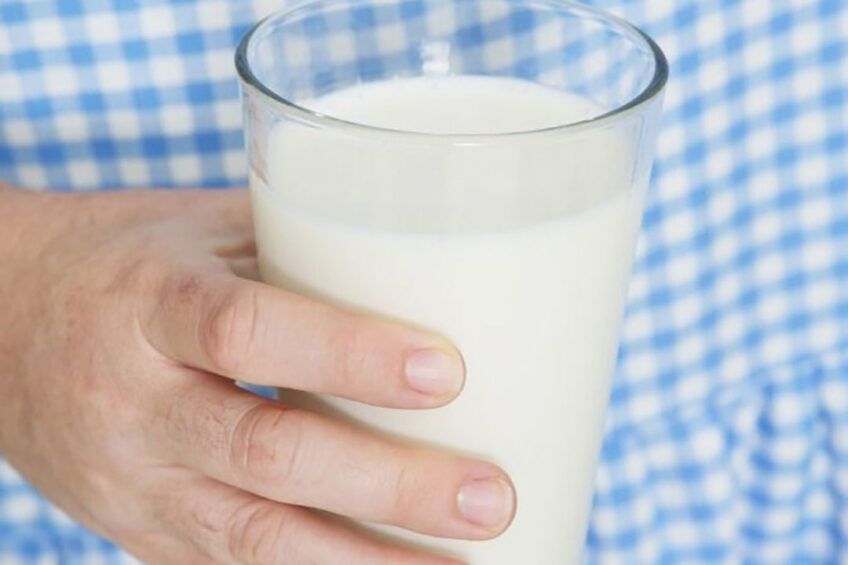
A look at Japan’s dairy sector shows an expectation that, in 2022, fluid milk production will increase by about 1%, butter production will be down year-on-year, and domestic cheese production is likely to expand.
This is according to a USDA report which states that fluid milk production should increase by about 1% in 2022 as more heifers enter milk production. However, weak demand for dairy products in the hotel, restaurant and institutional food sector (HRI) will push surplus drinking milk toward further processing into butter, non-fat dry milk, and cheese. In turn, imports of butter and non-fat dry milk (NFDM) will fall or remain flat through 2022, at which point the easing of Covid-19 travel restrictions should release pent-up demand and require a gradual increase in imports. should release pent-up demand and require the gradual increase in imports.
Fluid milk production increase
FAS/Tokyo projects that Japan’s fluid milk production in 2022 will increase about 1% from 2021 due to more new cows. Despite both rising feed prices, which began in late 2020 and continued through summer 2021, and stagnating prices on milk for further processing, FAS/Tokyo anticipates that the support of compensation programmes will limit the impact on dairy farm management in 2021 and 2022.
According to Livestock Statistics, which is published by the Ministry of Agriculture, Forestry and Fisheries (MAFF), year-on-year, the total number of dairy cows and heifers as of 1 February 2021 had increased by 0.3%, while the number of cows in milk production was up by 1.5%. MAFF has incentivised dairy farmers to increase herd size for years, and by 2017 the number of heifers being reared had increased. After that, Japan’s milk production continued to increase from 2018 through the first half of 2021, up 1% year-on-year.
Japan’s National Livestock Breeding Centre indicates that the registered number of dairy heifers and cows which will start milking in 2022 is up 3% from 2021. However, the total cow population of the most productive age (2-4 years old) in 2022 is expected to decrease by 1%.
Figure 1 – Annual consumption of fluid cow milk worldwide in 2021
Butter production down
FAS/Tokyo projects that Japan’s 2022 butter production will be down year-on-year, resulting from a butter surplus in 2021 and renewed demand by the foodservice and tourism industries for fresh products given the easing of Covid-19-induced social restrictions. As large butter stocks remain, FAS/Tokyo projects that Japan’s butter imports in 2022 will remain flat from the large falls in 2021.
The 2020 butter production surplus spiked in March and April when schools closed to control the spread of Covid-19. The nationwide supply of fresh milk to the school lunch programme was diverted into butter production, driving up stocks, a situation that has continued through August 2021.
FAS/Tokyo projects that Japan’s 2022 butter consumption will increase slightly as food service demand begins to recover following the government of Japan’s Covid-19 vaccination campaign and expected ease of travel restrictions.
Figure 2 – Cow milk production value in Asia in 2019, by country (in million US dollars)
Cheese production to expand
The report further added that domestic cheese production is to expand in 2022 on increasing diversion of fluid milk for further processing against weak demand in the HRI segment. In the first 8 months of 2021, according to MAFF, cheese production was up 2% year-on-year, again on a diversion of fresh milk surplus, which resulted from the sharp drop in demand caused by schools and restaurants being closed in response to the Covid-19 pandemic.
FAS/Tokyo projects that total cheese consumption in 2022 will rise as the HRI sector recovers from Covid-19 demand shocks. Despite the virus outbreak, year-on-year retail demand for cheese had risen in 2020, with household consumption up 14% at 4 kg per household. Moreover, household consumption remained strong through the first 7 months of 2021, up 17% from 2020, suggesting greater consumer preference for cheese, including domestic cheese.
A recovery of the foodservice sector will drive greater cheese imports in 2022. In short, the diversion of surplus fluid milk to cheese production has reduced the need for cheese imports in 2021. In addition to shrunken demand, rising costs, driven by higher freight fees and strong demand for imports by competitors such as China, are squeezing the margins of Japanese importers. Given the current fluid milk surplus, industry sources suggest that cheese imports may take a few years to return to pre-Covid-19 levels.
Non-fat dry milk (NFDM) in 2022
As with butter production, Japan’s NFDM production is projected to be flat in 2022 after the spike in 2021. Ending stocks hit a historical high and will likely rise further in 2022, despite MAFF’s lowered TRQ for NFDM in JFY2020 and 2021 and despite support for domestic NFDM used in animal feed. Industry sources report strong household consumption has held demand for dairy products made of NFDM, such as yoghurts (down 1% year-on-year) and ice-cream (up 3%) in 2021. However, industry use of these products has only semi recovered.
Source and for the full report: USDA
Other sources: agroberichtenbuitenland; Japan Dairy Council
Join 13,000+ subscribers
Subscribe to our newsletter to stay updated about all the need-to-know content in the dairy sector, two times a week.



